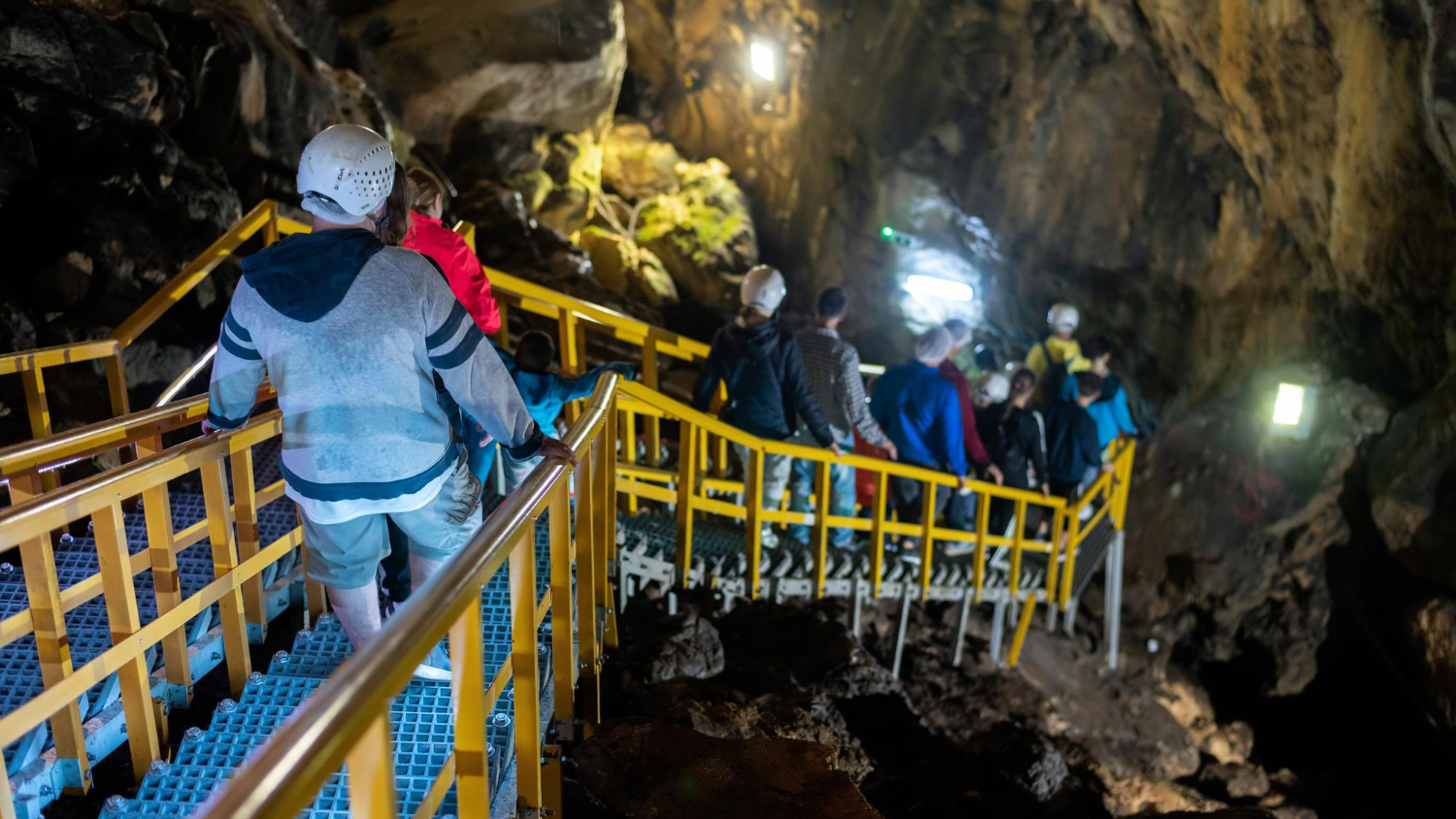Leading Regions And Smart Due Diligence In Critical Minerals

Q1. Could you start by giving us a brief overview of your professional background, particularly focusing on your expertise in the industry?
I’ve spent over two decades in the mining industry, spanning roles from hands-on geology through to technical advisory and mineral asset valuation. My background is grounded in exploration geology, but over the years, I’ve shifted toward technical due diligence, Competent Person’s Reports (CPRs), and mineral valuation for both private equity and listed markets.
I’ve worked across several mineral commodities—from gold and PGEs to battery metals like lithium and nickel—and in regions as diverse as Africa, Central Asia, and the Americas. What ties my work together is a commitment to technically rigorous, transparent assessments that support both investor confidence and responsible resource development.
Q2. Which regions or geological belts are showing the most promising critical mineral potential today, and how should investors approach their due diligence in these areas?
We’re seeing significant interest in the African Copperbelt, South America’s Lithium Triangle, and the Canadian Shield, particularly for copper, cobalt, and lithium, respectively. Regions like Namibia and Zimbabwe are also re-emerging with strong geological credentials. The Namaqualand belt is prospective for Cu, Pb, Zn, Li, REE (the Biggest REE deposits in South Africa), Ti, P etc.
The Bushveld complex and associated granites: Pgms, Cr, Fe (the biggest Fe ore deposit in SA), Ti, V, REE, F, Cu, Au, Co, Ni, etc
That said, a promise doesn’t equal certainty. Investors must go beyond the headlines—look at the underlying geology, local infrastructure, political risk, and regulatory landscape.
Due diligence should be multidisciplinary: combine geoscience, ESG scrutiny, and on-the-ground engagement. Site visits, drilling database verification, and independent metallurgical test work are all essential to cut through the promotional noise.
Q3. Are there any belts or formations that remain underexplored despite strong indicators for battery metals like lithium or nickel?
Yes, several. The Kaapvaal Craton in southern Africa has potential for underexplored lithium-bearing pegmatites. Parts of central Tanzania and Mozambique show early indicators for lithium and graphite but haven’t seen the same level of systematic exploration as, say, the Pilbara or Quebec.
Similarly, some greenstone belts in West Africa may host nickel sulphide systems but lack comprehensive geophysical and geochemical datasets. Often, it’s infrastructure or historic underfunding that holds back these areas, not geological prospectivity.
Q4. How do you approach mineral asset valuation when commodity prices—like copper, lithium, or nickel—are highly volatile? What technical factors do you prioritize to assess long-term value?
You must anchor your valuation in fundamentals. I focus on grade continuity, geological confidence (JORC or CIM compliance), and metallurgical recoveries. If a project has a robust grade distribution, a low strip ratio, and a straightforward processing route, it’s better positioned to weather price cycles.
Discounted cash flow (DCF) models are still useful, but I run sensitivity analyses across price and cost assumptions. Also, I always factor in permitting timelines and ESG risks—they’re the silent killers of value. A technically sound deposit with poor stakeholder engagement is a long-term liability.
Q5. Which data-driven practices—like 3D orebody modeling or QA/QC protocols—are proving most effective in de-risking early-stage mineral assets?
3D geological and resource modeling is essential, especially when combined with geostatistical simulations to understand uncertainty. I’m a big advocate for robust QA/QC protocols—you’d be surprised how many early-stage projects neglect basics like certified reference materials or blank samples.
Remote sensing and hyperspectral imaging are also becoming valuable in regional exploration targeting. But more than tools, it's about the discipline of documentation. Transparent audit trails, assay validation, and drillhole database integrity are the unsung heroes of de-risking.
Q6. What common gaps do you see in early-stage technical reports or CPRs that can mislead investors about a project's true geological or economic potential?
Several, unfortunately. Overstated exploration targets based on limited data are a common one. The unclear metallogenic genesis model is being used to model their exploration protocol for a particular mineral commodity. I also often see incomplete QA/QC disclosure or a lack of clarity around the cutoff grade rationale.
Another red flag is when metallurgical test work is generalized from analogues rather than performed on actual samples. Sometimes, multi-element assaying is not carried out, which is critical to identifying deleterious elements later on in the processing. Fatal flows include trying to estimate a target size that is mistaken for a Mineral Resource size. Sometimes, CPRs gloss over permitting risks or water/energy availability as well as ESG issues. Investors should scrutinize whether the report truly reflects material risks or simply presents a best-case scenario.
Q7. If you were an investor looking at companies within the space, what critical question would you pose to their senior management?
I’d ask: How are you managing geological uncertainty, and what’s your plan for converting exploration success into real project value?
Too often, management teams focus on drilling headlines without a clear pathway to resource definition, economic studies, or ESG integration. I want to know if they understand their deposit, not just geologically, but from a project development and stakeholder perspective. That tells me whether they’re building something sustainable or just speculating to affect share prices and sentiment.
Comments
No comments yet. Be the first to comment!
